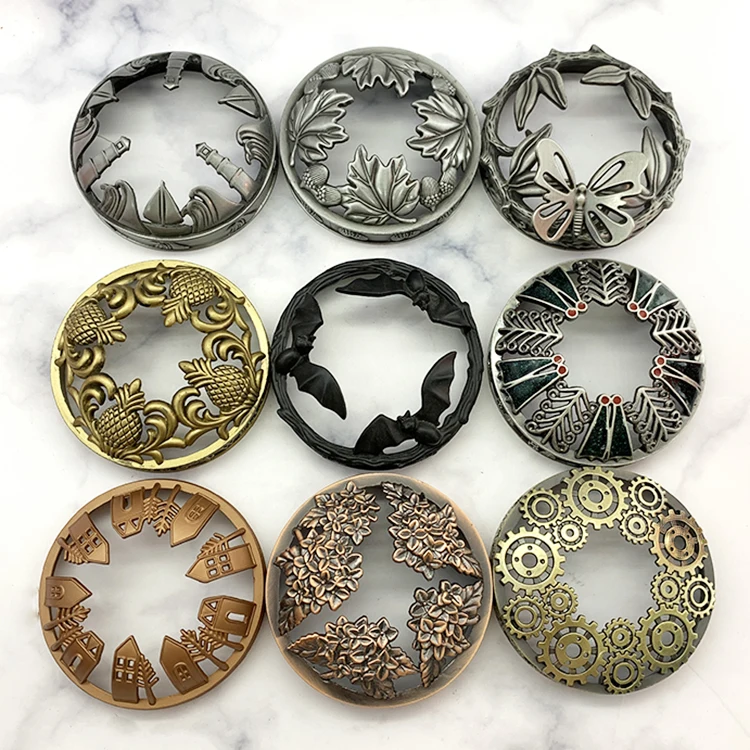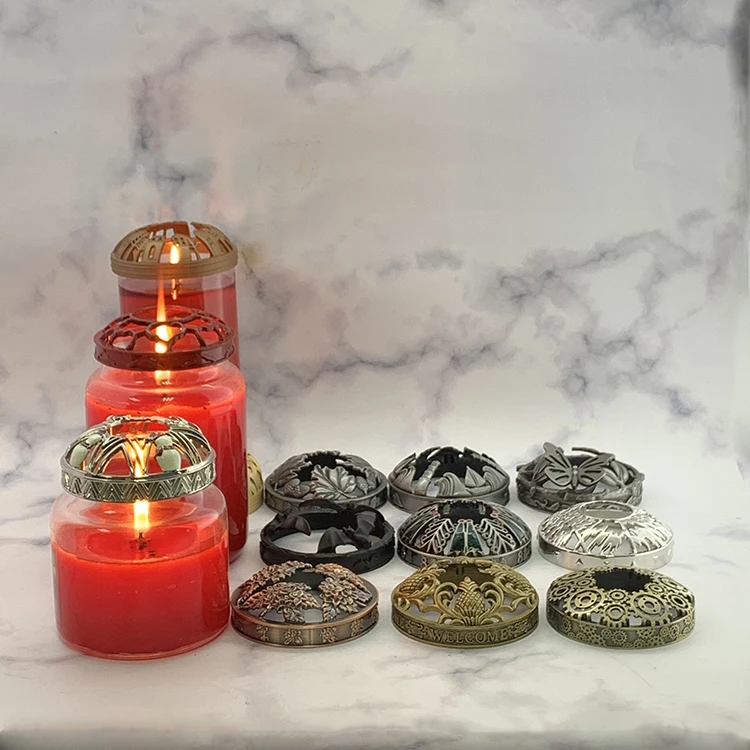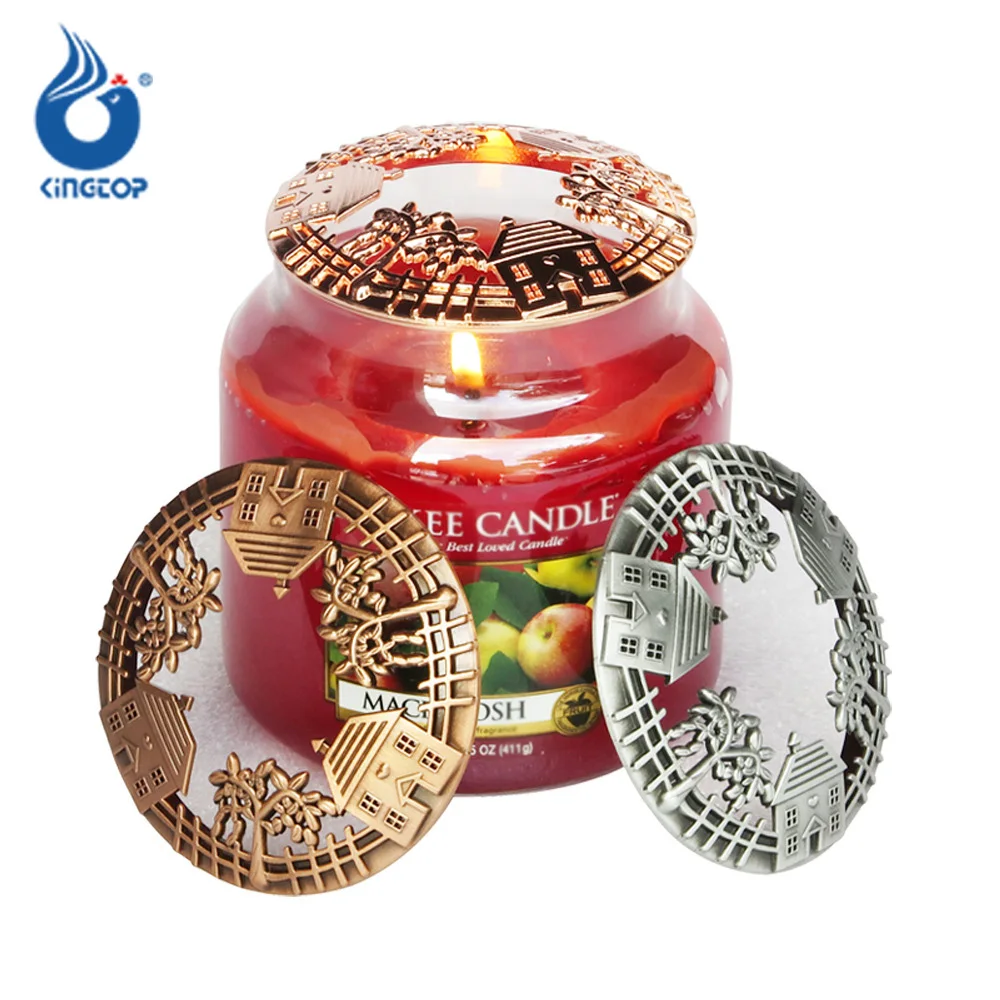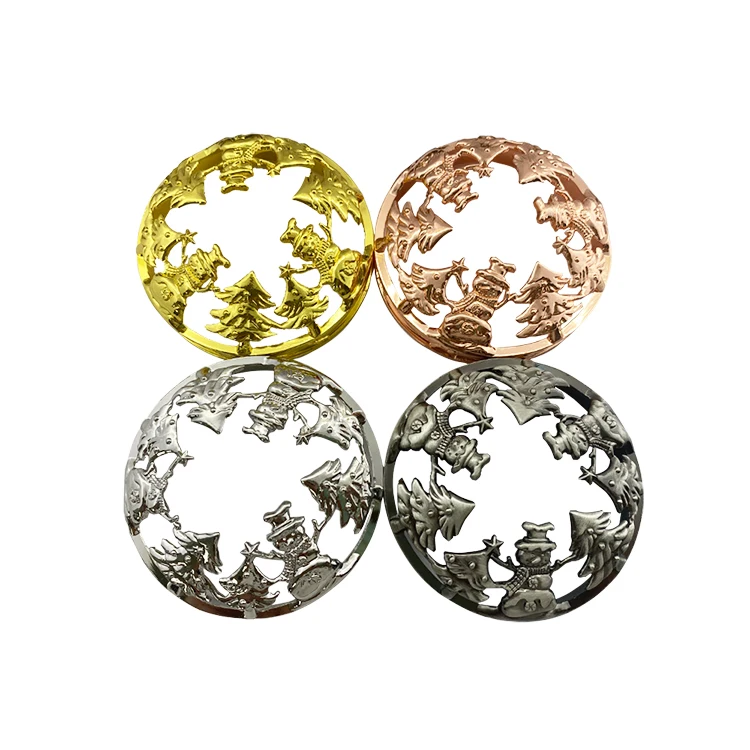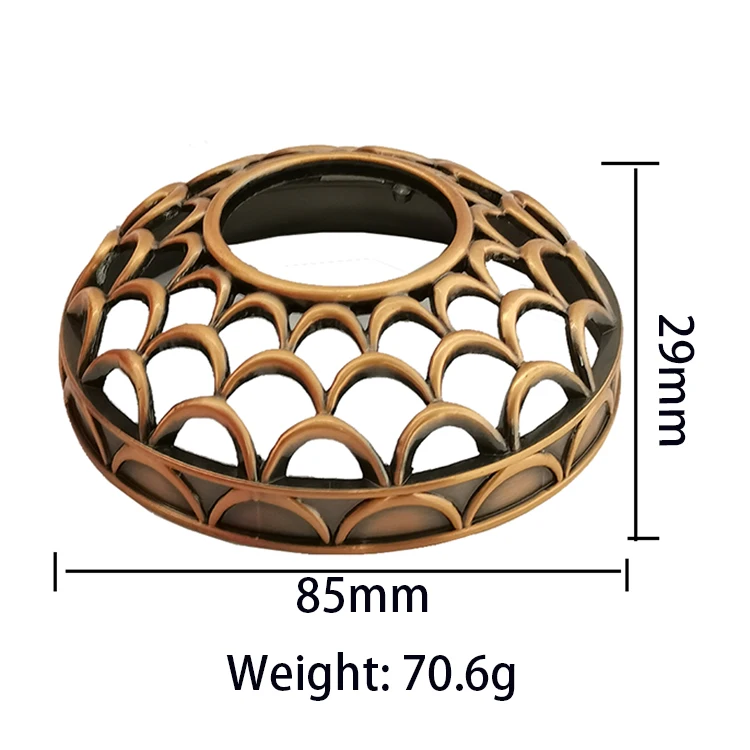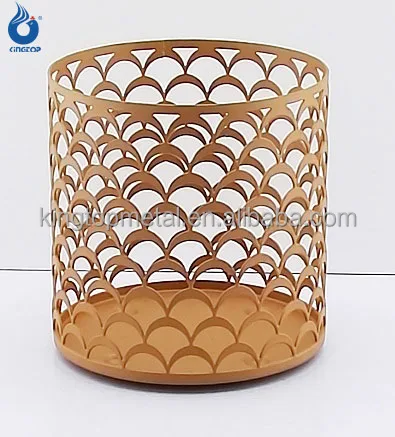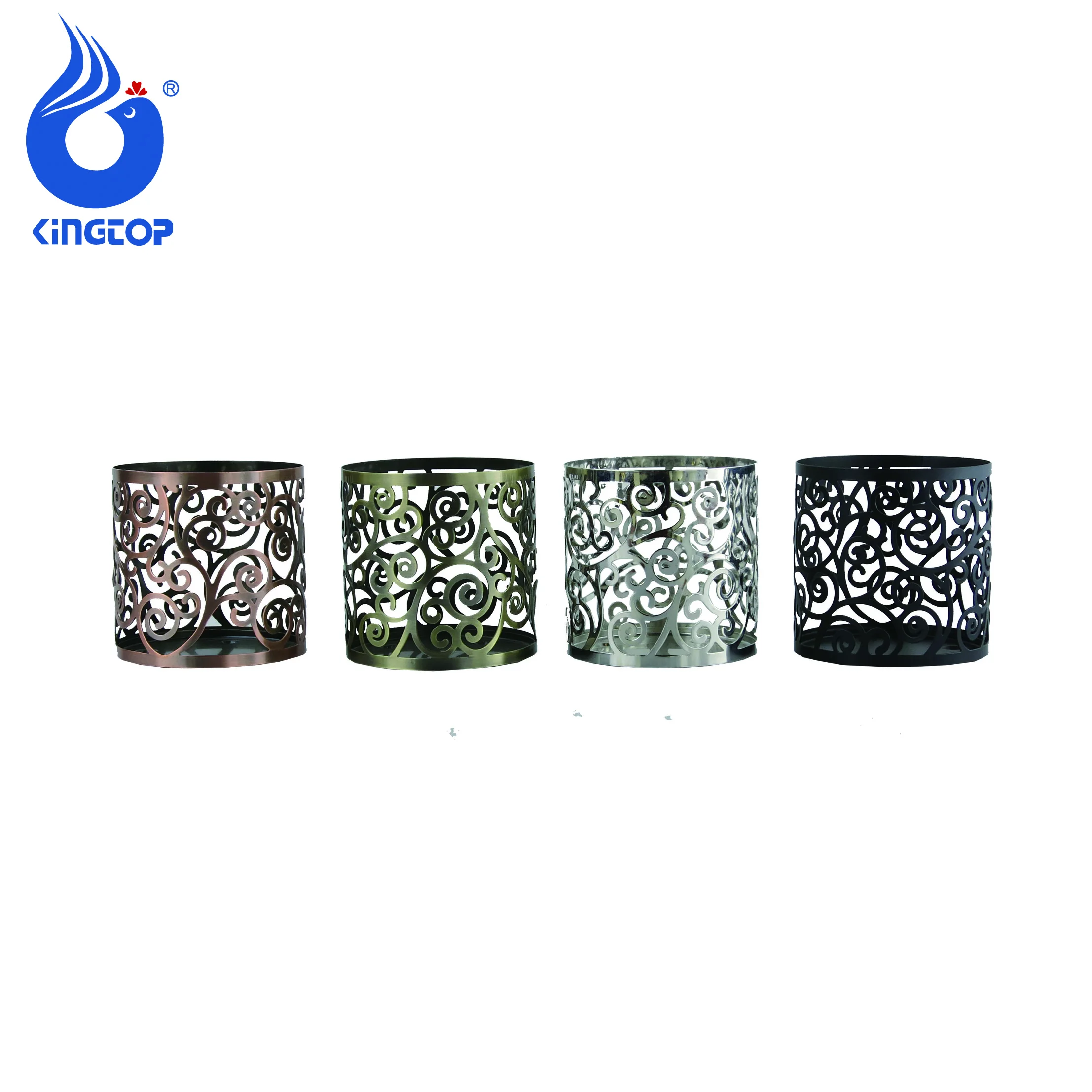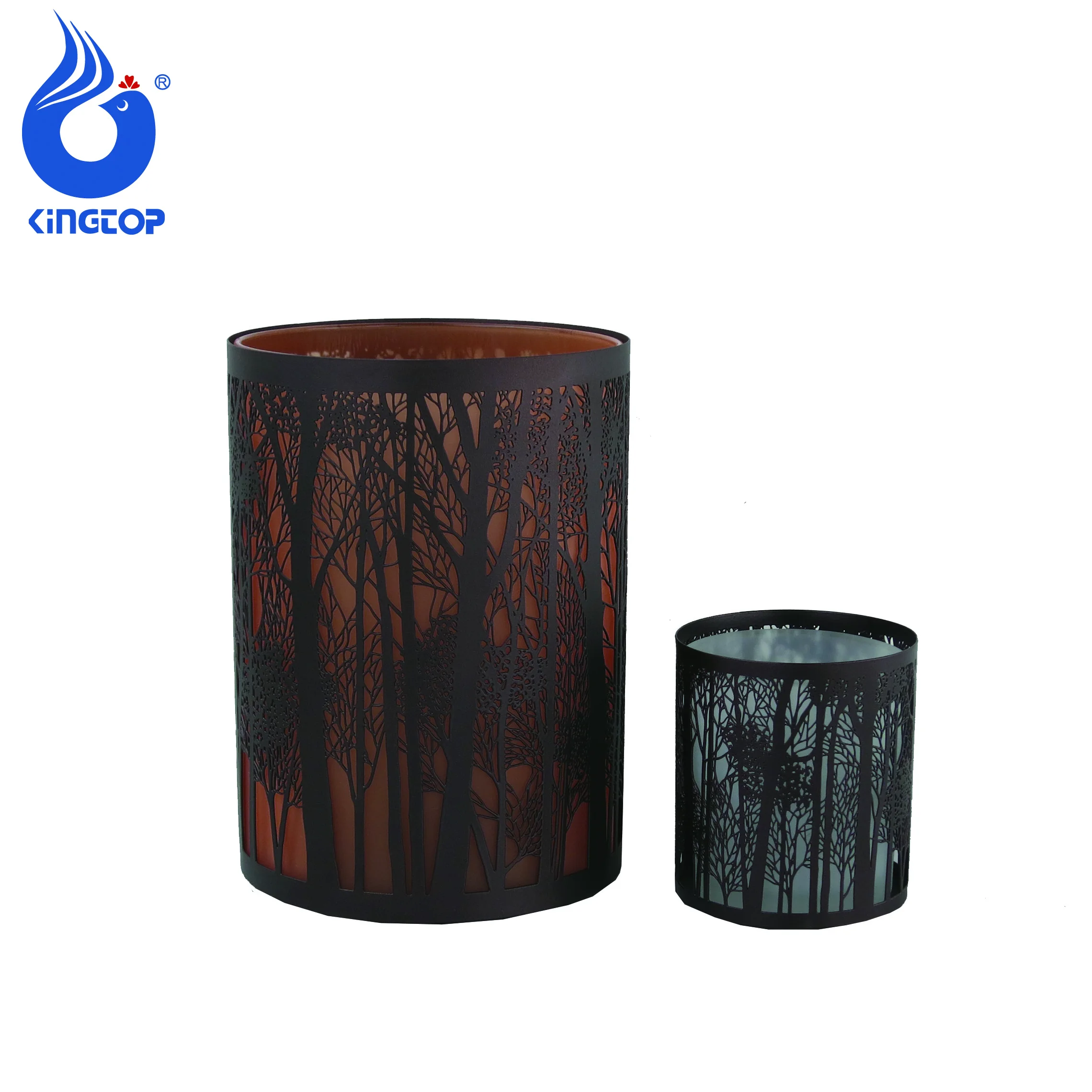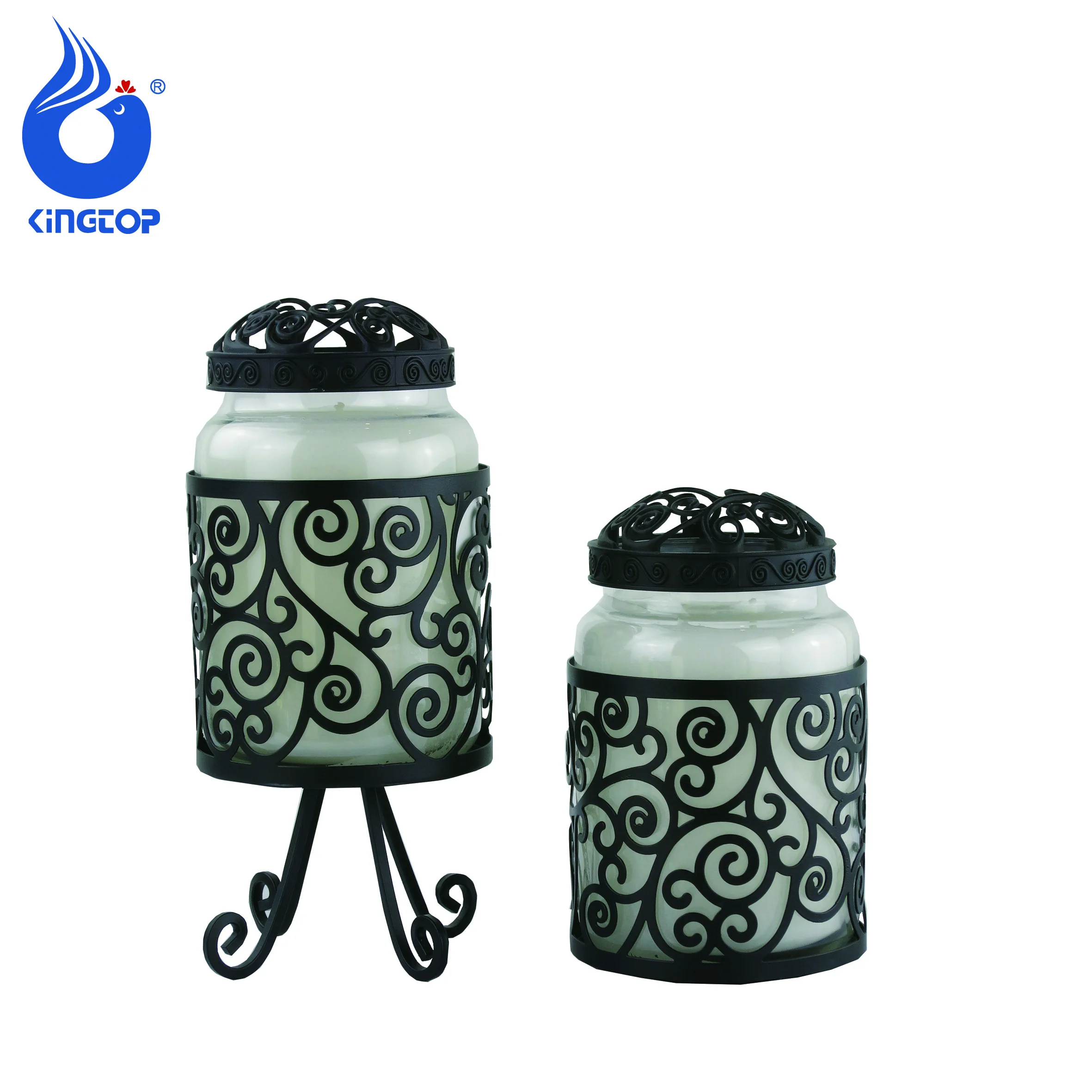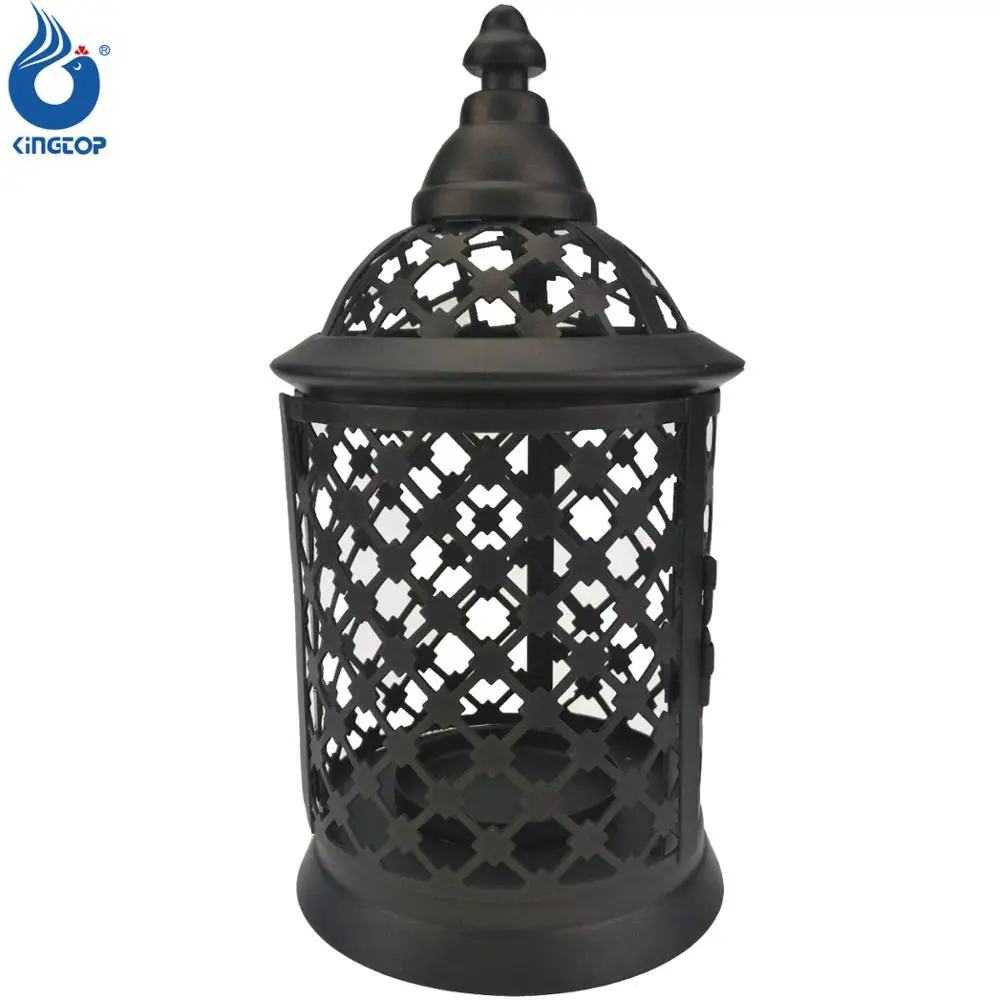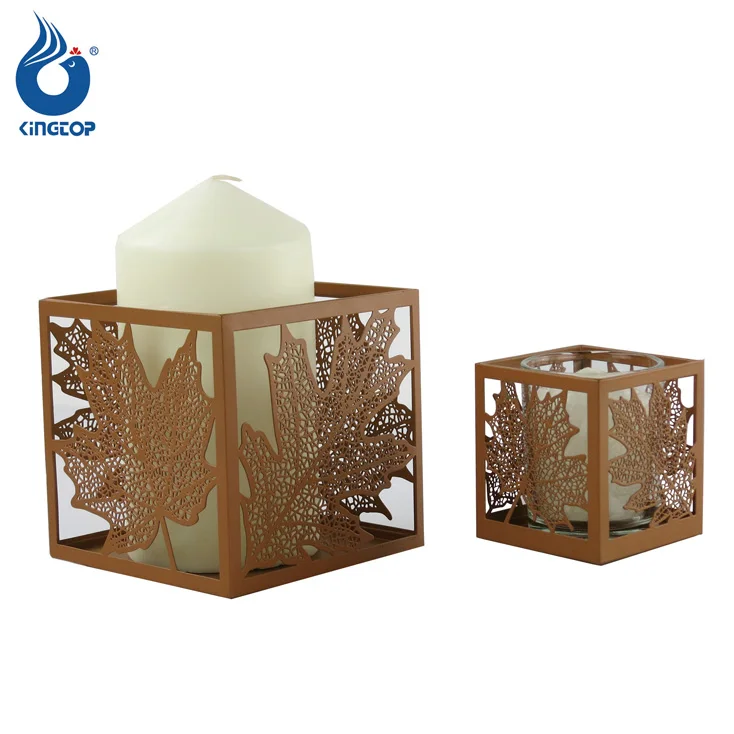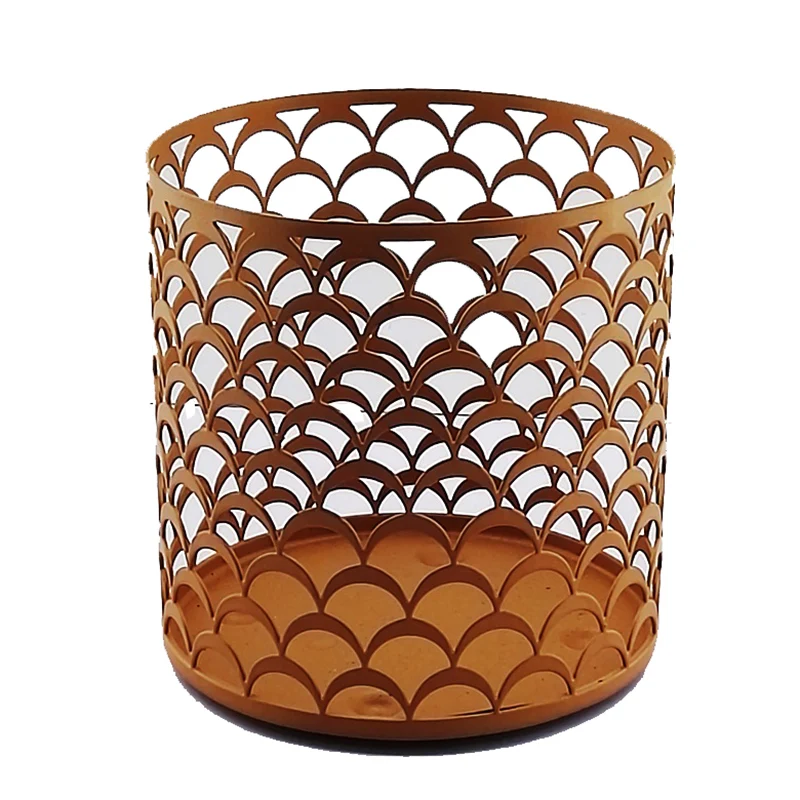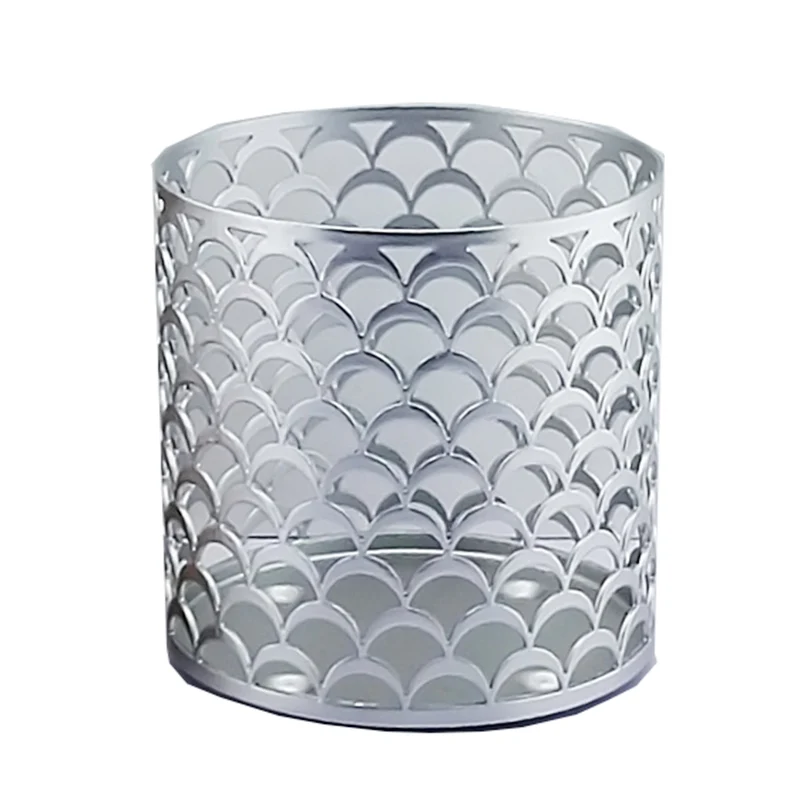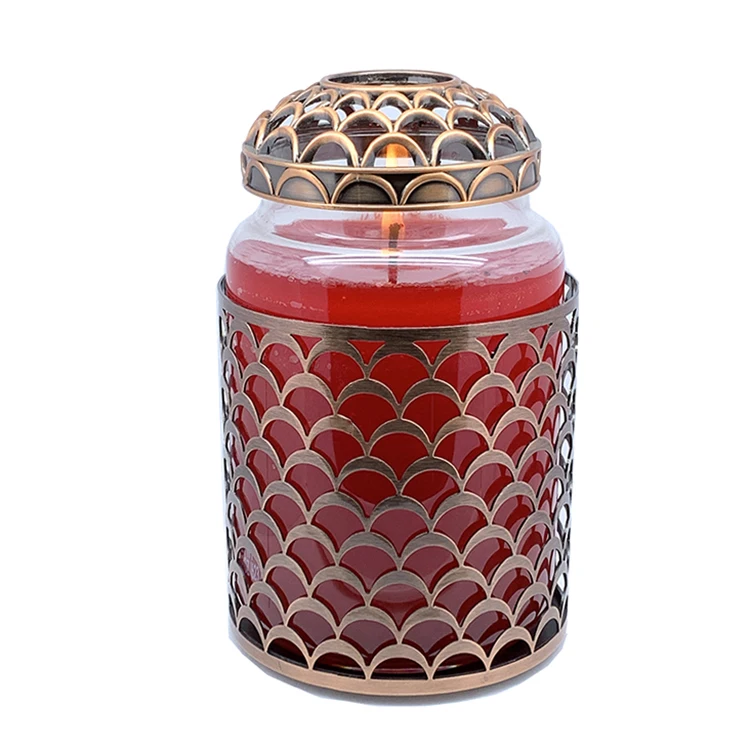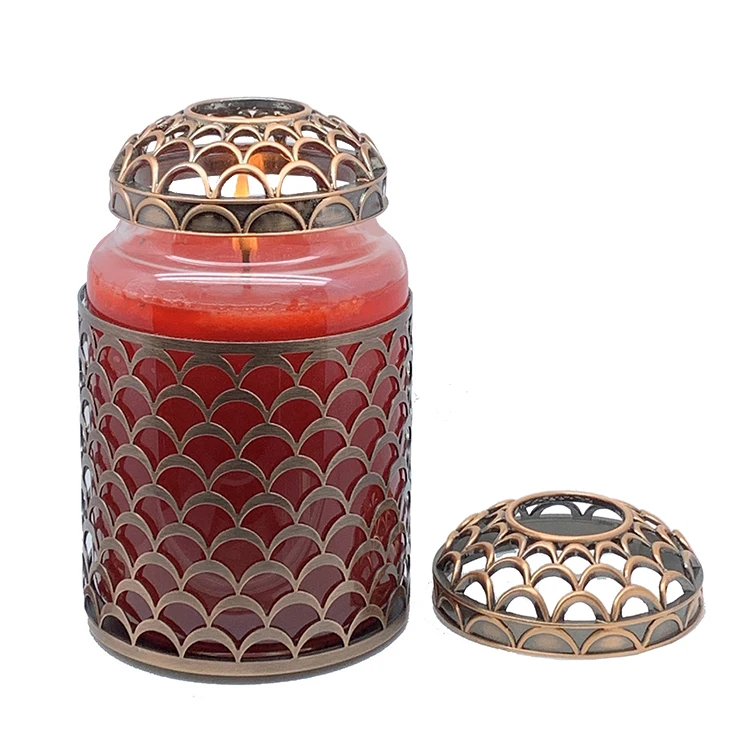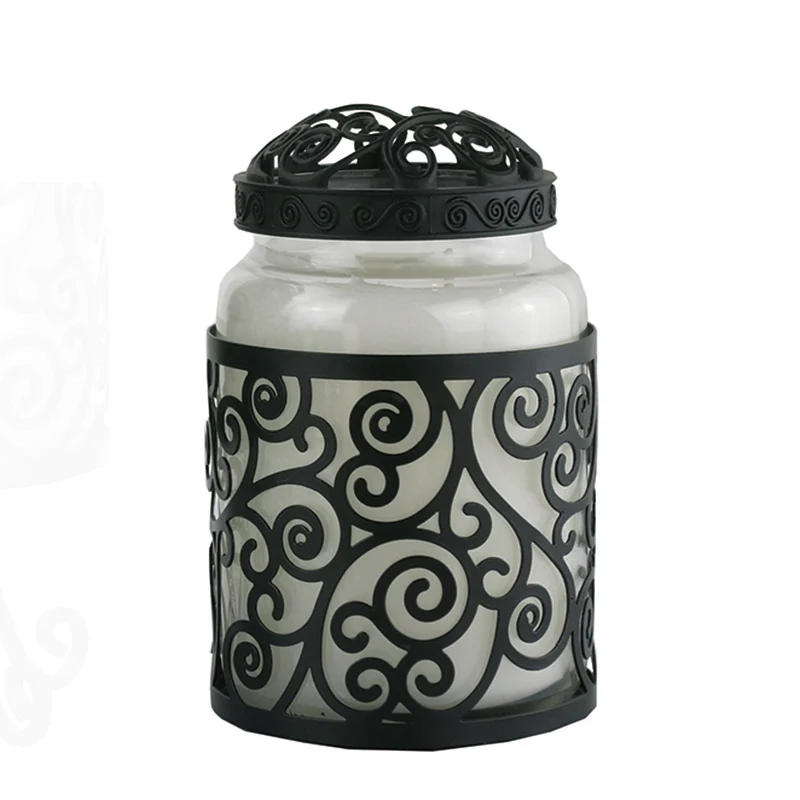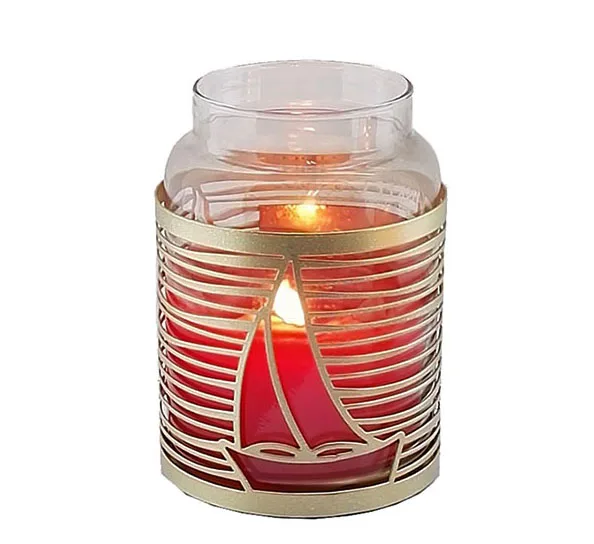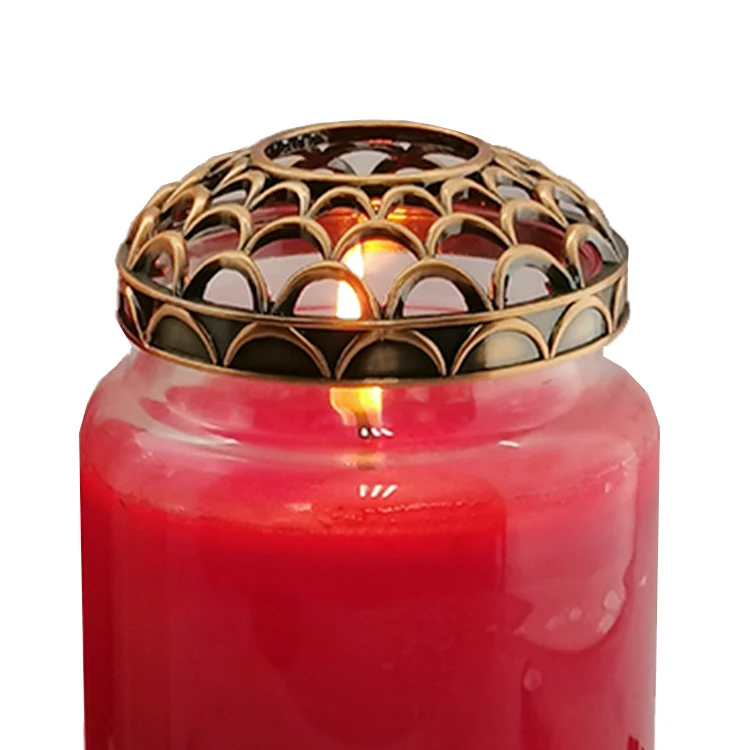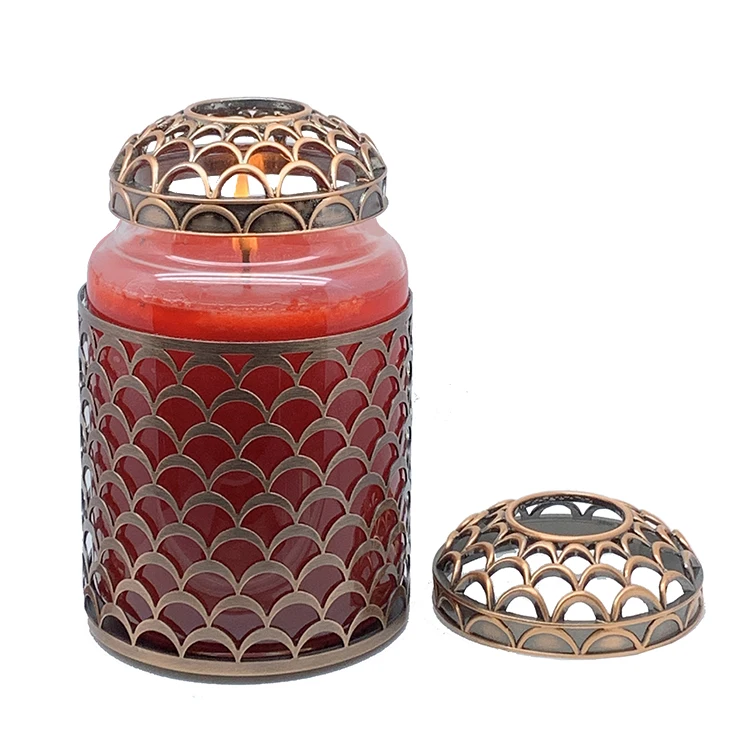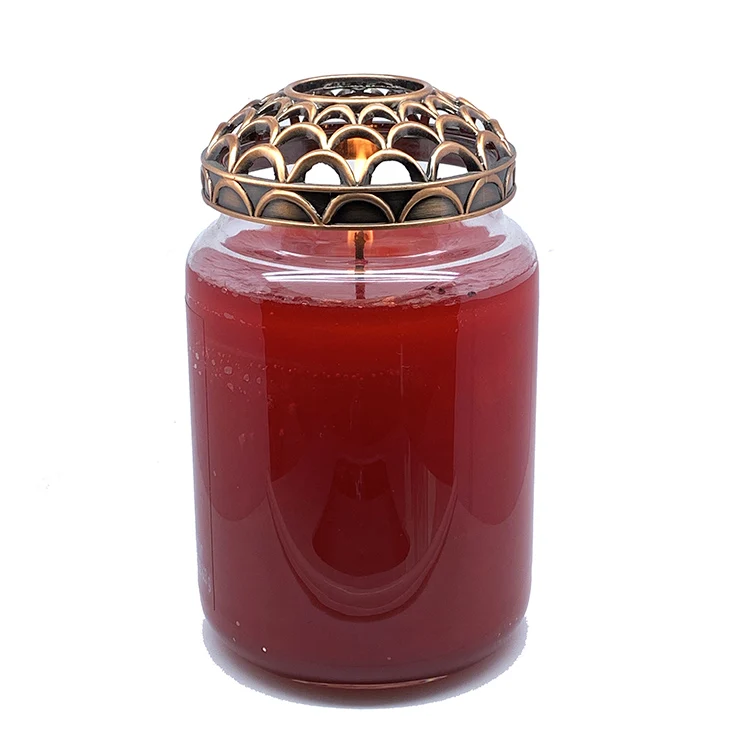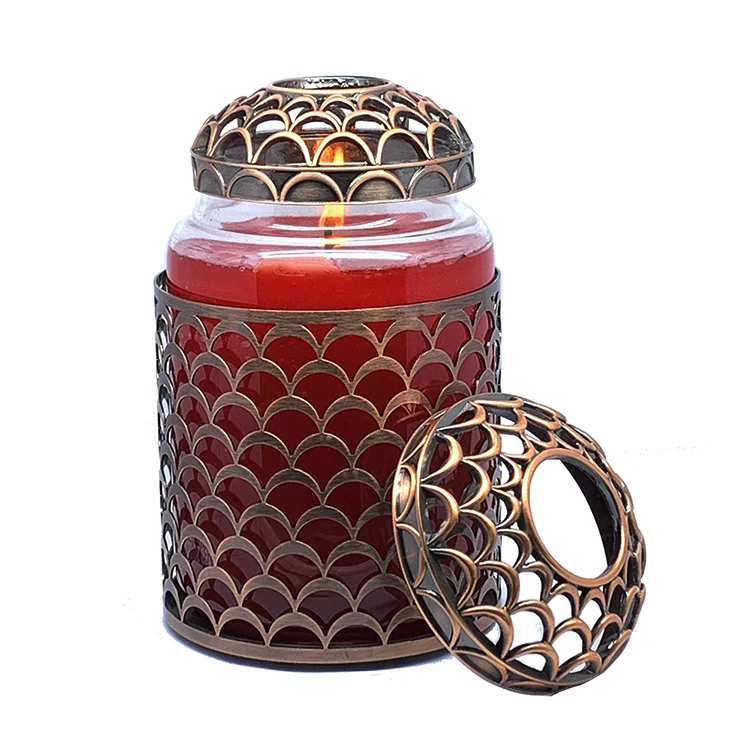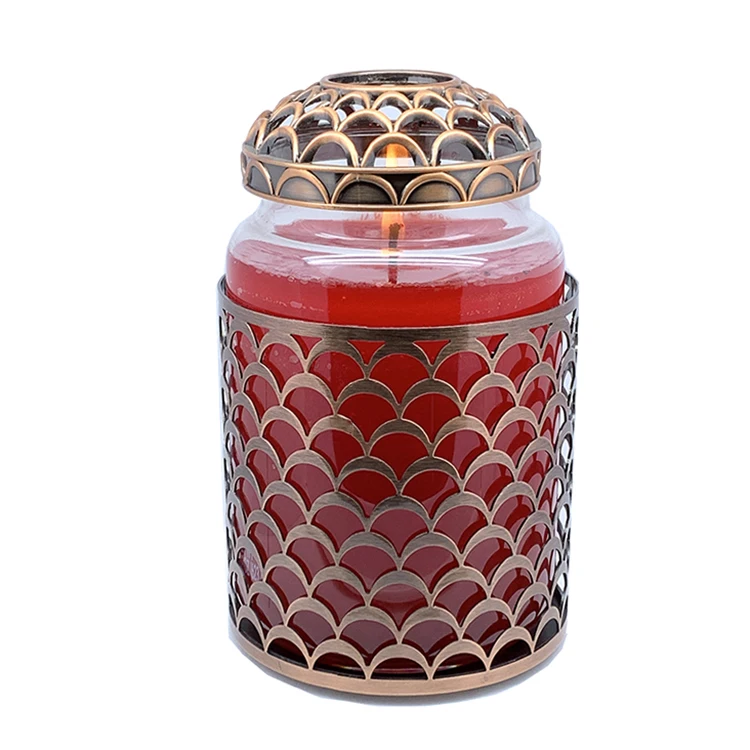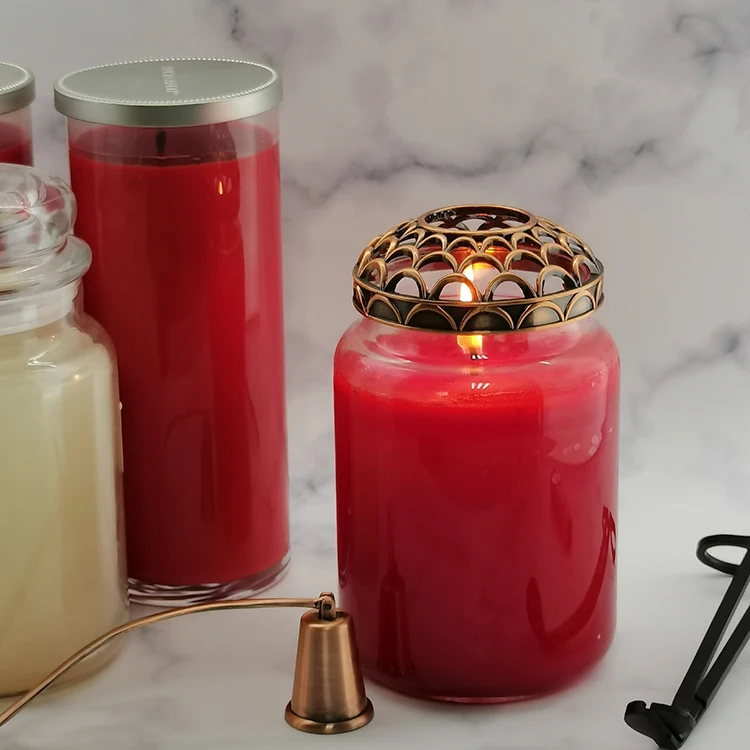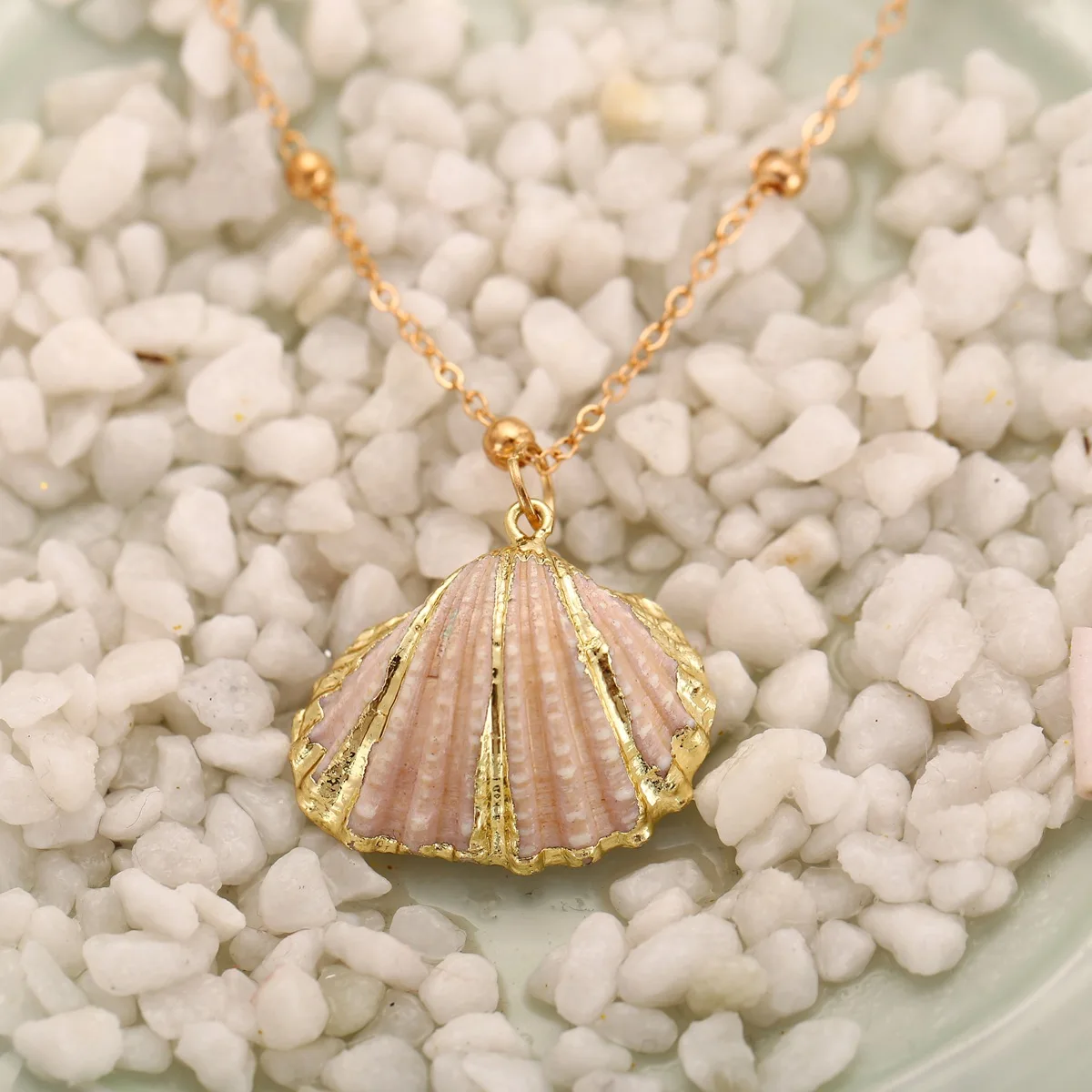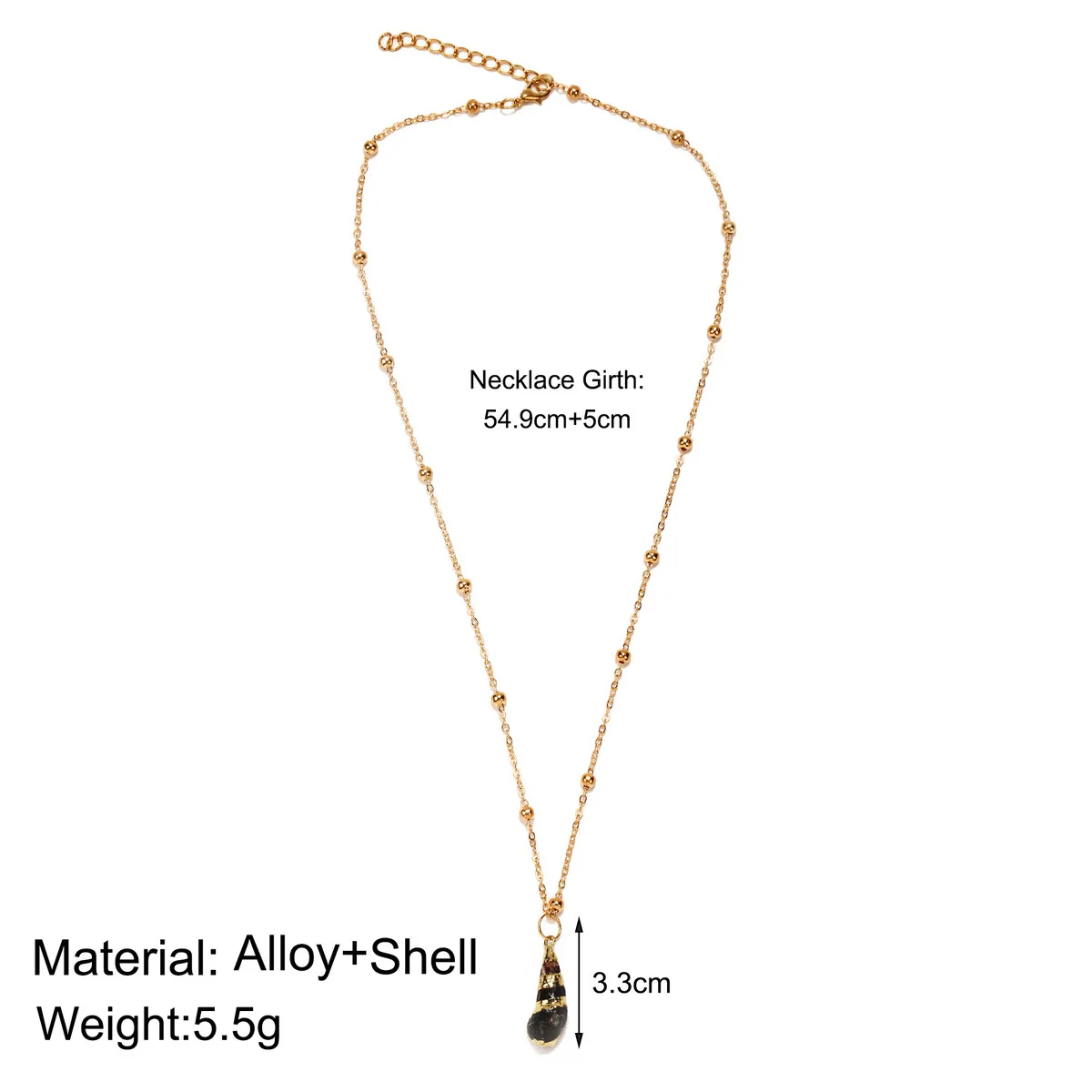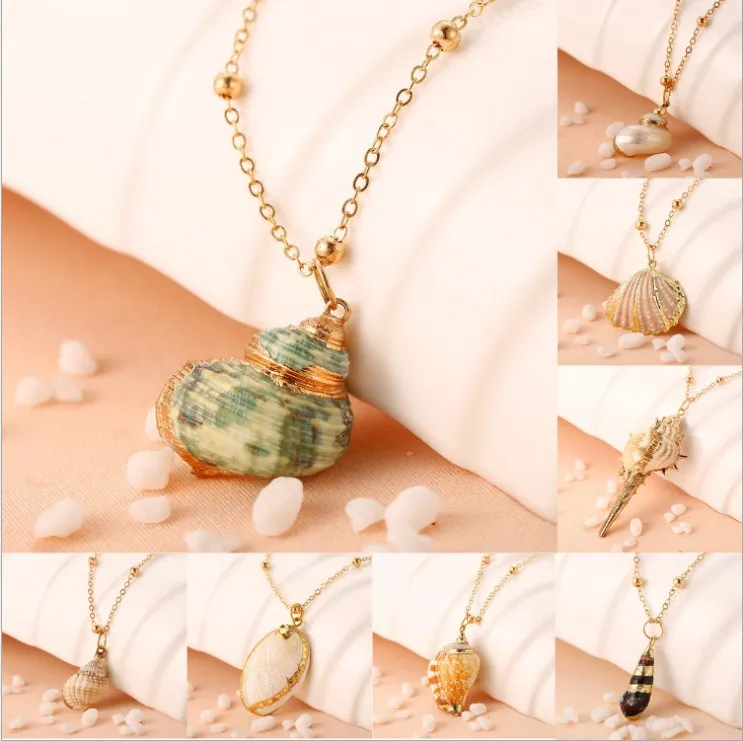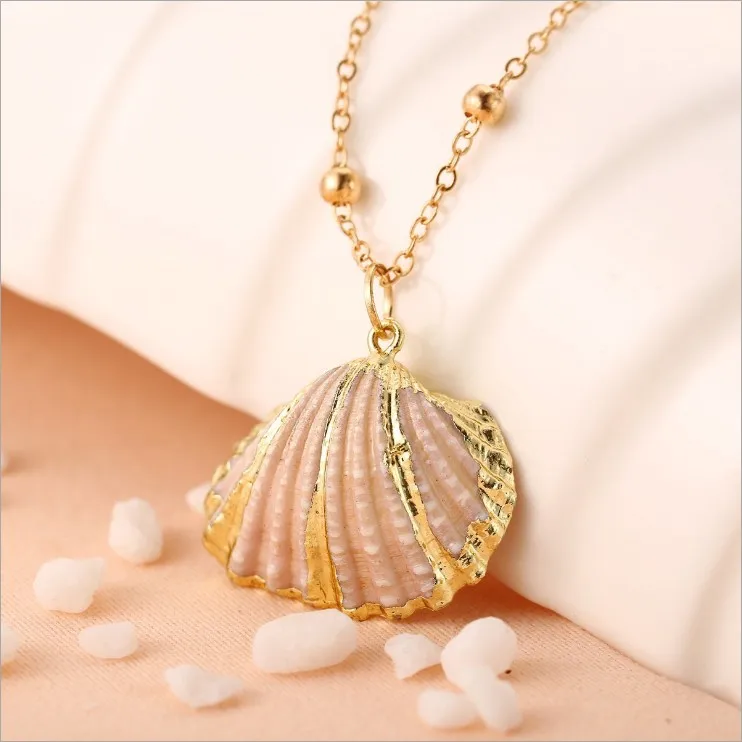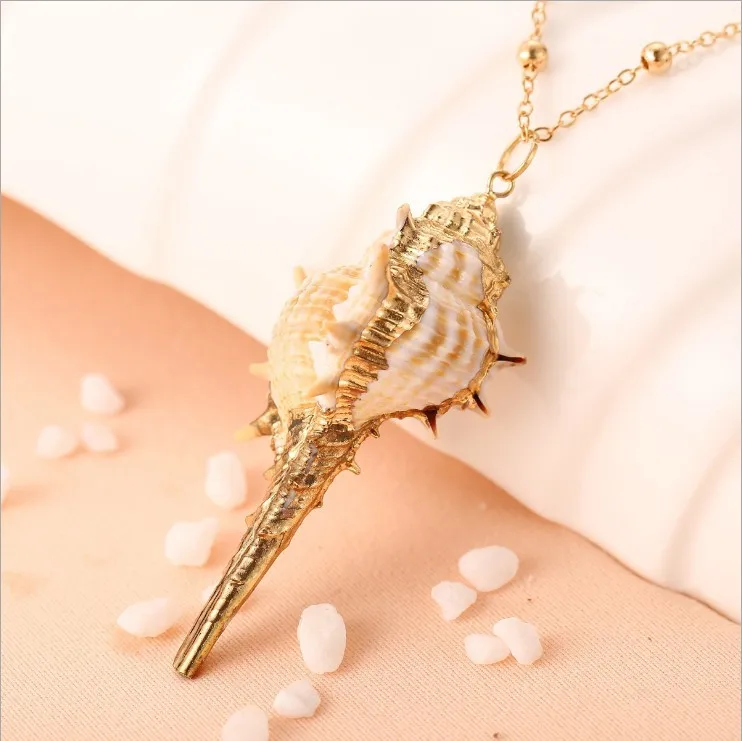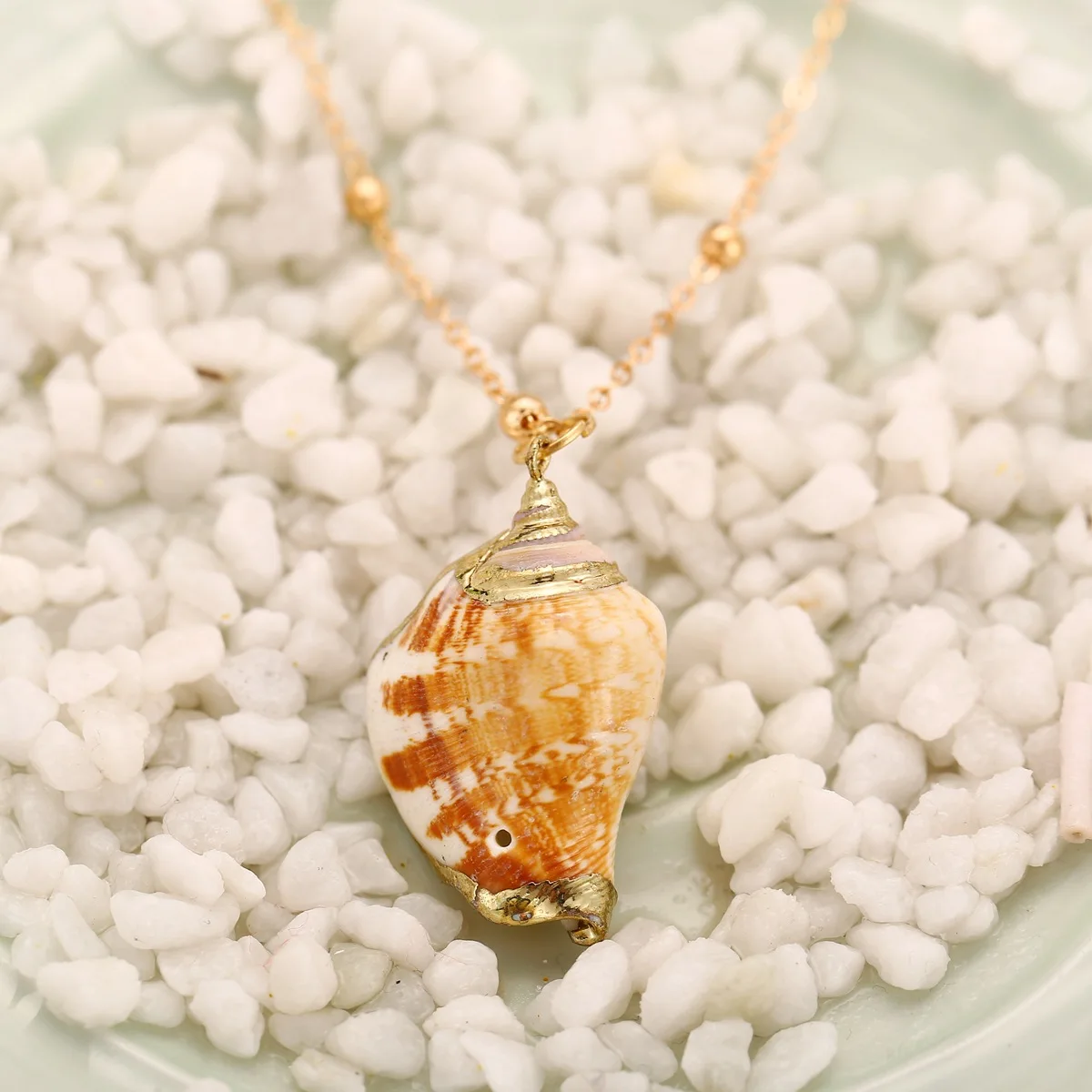Scallop: A Guide to Sourcing, Types, and Selection Tips
Scallops are a popular seafood choice worldwide, prized for their delicate flavor and versatility in cooking. Whether you're a chef, restaurant owner, or seafood enthusiast, understanding how to source high-quality scallops is essential. This guide covers everything from finding reliable suppliers to selecting the perfect scallop for your needs.
How to Find Reliable Scallop from China in 2025
China is one of the largest exporters of scallops, offering competitive prices and high-quality products. To find reliable suppliers:
- Check certifications like HACCP, BRC, or ISO to ensure food safety standards.
- Look for suppliers with positive reviews and long-term partnerships with international buyers.
- Request samples to evaluate product quality before placing bulk orders.
- Verify the supplier's processing facilities and cold chain logistics to maintain freshness.
What Buyers Should Know Before Buying Scallop from China
When importing scallops from China, consider these factors:
- Seasonality: Scallops are harvested year-round, but peak seasons may affect pricing and availability.
- Packaging: Ensure the supplier uses vacuum-sealed or IQF (Individually Quick Frozen) packaging to preserve quality.
- Customs regulations: Check import requirements in your country, including necessary permits and inspections.
Types of Scallop
There are several types of scallops available in the market:
- Bay scallops: Smaller in size with a sweet, delicate flavor.
- Sea scallops: Larger and meatier, ideal for grilling or searing.
- Diver scallops: Hand-harvested, ensuring minimal damage to the ocean floor.
- Dry-packed scallops: Free of additives, offering a pure, natural taste.
Functions and features of Scallop
Scallops are not only delicious but also packed with nutritional benefits:
- High in protein and low in fat, making them a healthy choice.
- Rich in omega-3 fatty acids, which support heart health.
- Versatile in cooking—can be grilled, seared, baked, or used in soups and salads.
Scenarios of Scallop
Scallops are used in various culinary applications:
- Fine dining: Often featured in gourmet dishes due to their premium quality.
- Home cooking: Easy to prepare and elevate everyday meals.
- Catering: A popular choice for events due to their elegant presentation.
How to Choose Scallop
Selecting the best scallops involves:
- Appearance: Look for firm, moist scallops with a creamy color.
- Smell: Fresh scallops should have a mild, ocean-like scent.
- Size: Choose based on your recipe—larger scallops are great for grilling, while smaller ones work well in soups.
Scallop Q & A
Q: How should I store fresh scallops?
A: Keep them refrigerated at 32°F (0°C) and consume within 2 days, or freeze for longer storage.
Q: Are scallops sustainable?
A: Many scallop fisheries follow sustainable practices—look for certifications like MSC (Marine Stewardship Council).
Q: Can I eat scallops raw?
A: Yes, but ensure they are sushi-grade and sourced from reputable suppliers.
Q: What’s the difference between wet-packed and dry-packed scallops?
A: Wet-packed scallops are treated with preservatives, while dry-packed are natural and preferred for better flavor.
Q: How do I prevent scallops from becoming rubbery?
A: Avoid overcooking—sear for 2-3 minutes per side for perfect texture.


